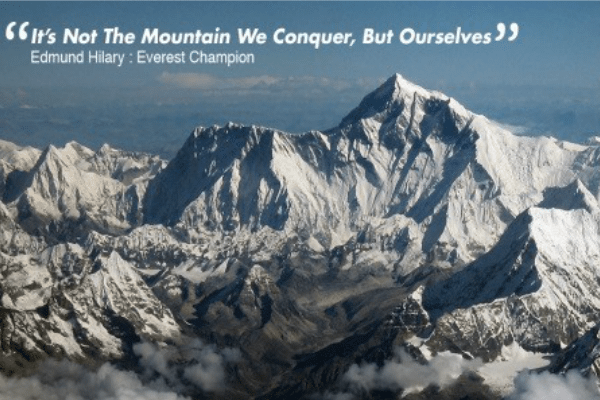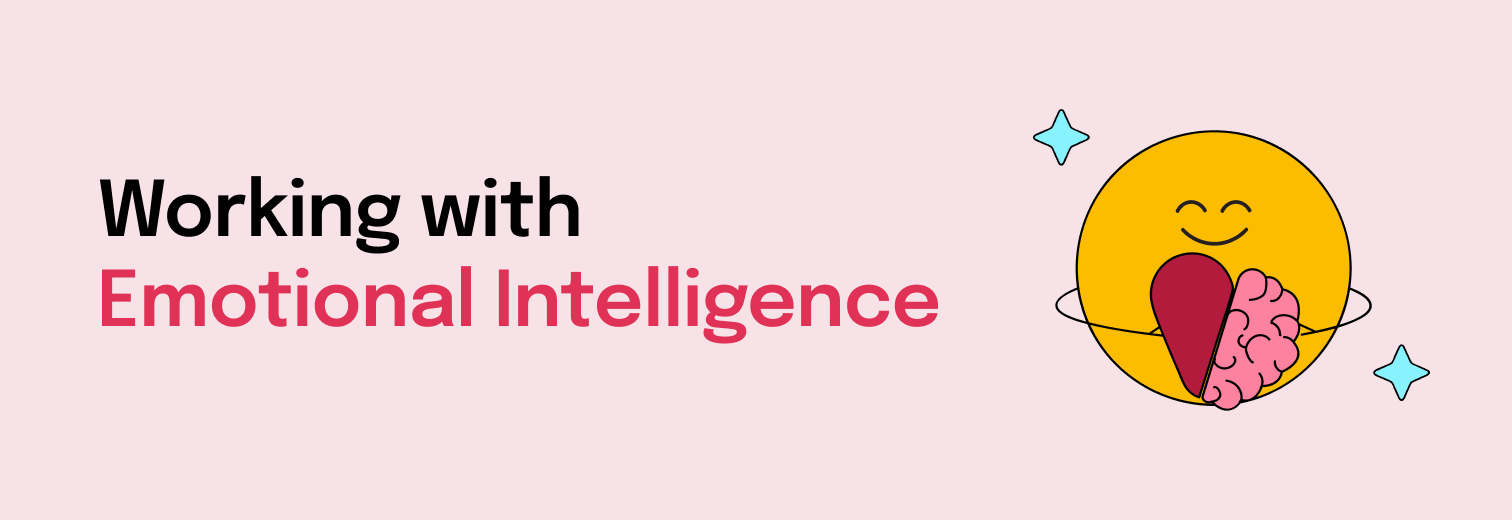Introduction: Everest Is More Than a Mountain
Table of Contents
There are moments in life when stories hit you so hard that they stay with you for years. Not because they’re about winning medals or reaching impossible heights, but because they remind you what it means to truly test yourself.
At FocusU, we often say that real leadership begins where comfort ends. It is forged in discomfort, sharpened by persistence, and tested by uncertainty. And if there’s one metaphor that perfectly captures this spirit, it is the journey to the top of Mount Everest.
Today, I want to share two stories. Two Indian women. Two different eras. But one unifying message: you are always capable of more than you think.
Story 1: Purna Malavath: The Youngest Girl to Climb Everest
She was born in a small tribal village in Telangana. Her parents were agricultural laborers. Opportunities were rare, but dreams were not.
In 2014, at just 13 years old, Purna Malavath became the youngest woman in the world to scale Mount Everest. It was not just a climb. It was a declaration – of grit, potential, and resilience.
Climbing Through Tragedy
Her journey to Everest wasn’t just physically demanding, it was emotionally daunting. On April 15th, 2014, just as her team reached base camp, they received news that an avalanche on the Nepalese side had claimed the lives of sixteen sherpas. Most would have turned back. But not Purna.
She chose to move forward. Her decision was not reckless. It was made with awareness, responsibility, and above all, courage. Ten days later, on May 25th, she stood on the roof of the world.
Discovering Her Hidden Talent
Purna’s journey began when she enrolled in a school-based outdoor leadership program. Her trainers quickly saw her exceptional endurance and mental strength. If not for that opportunity, her potential might never have been discovered.
There’s a powerful message in that. Talent often lies dormant unless it’s tested. And sometimes, testing happens when we volunteer for projects, attend a workshop, or say yes to things that scare us.
In the workplace, we often stick to what we know. But like Purna, we need to say yes to unfamiliar territory whether that’s leading a new initiative, presenting to clients, or learning an entirely new skill.
A Lesson from the World of Comedy
This idea of testing yourself in unknown zones is not limited to mountaineering.
I once shared the stage with Jeeveshu Ahluwalia at a TEDx event in Delhi. Known today as one of India’s top stand-up comedians, Jeeveshu left a high-paying corporate job to follow his passion for comedy. Most people would have called it crazy. But he trusted himself.
His story made me think. How many of us have buried talents simply because we never gave ourselves permission to explore them? Leadership, in many ways, is about taking those leaps – in projects, in roles, and sometimes, in careers.
Strategy and Risk: The Blue Ocean Way
Let’s take this to the business world.
In the bestselling book Blue Ocean Strategy, the authors talk about how Cirque du Soleil changed the entire circus industry. They created a new category by blending theatre and circus, moving away from traditional, animal-based entertainment.
They entered what the authors call a “blue ocean” – a space of innovation, free from competition.
This is what great leaders do. They venture into the unknown, experiment with new ideas, and challenge outdated norms. Whether you’re an HR leader or a team manager, the question to ask is – what’s your blue ocean?
Where can you experiment? What systems can you redesign? What assumptions can you challenge?
Story 2: Bachendri Pal: The First Indian Woman on Everest
Long before Purna Malavath, there was Bachendri Pal.
In 1984, Bachendri made history as the first Indian woman to summit Mount Everest. Born in a village in Uttarakhand, she was the first graduate from her village. Her journey was not just one of physical preparation, but also of mental rebellion – against stereotypes, expectations, and fear.
When the Mountain Trembled
During her expedition, a landslide struck the team’s path. Many saw it as a bad omen and wanted to turn back. But Bachendri insisted on moving forward.
She believed in the mission, trusted her preparation, and rallied her team with conviction. On May 23rd, she reached the summit, opening the path for future Indian women to dream bigger.
Grit Is Built One Step at a Time
Bachendri’s story is a reminder that progress often comes wrapped in resistance. Her legacy isn’t just about reaching the top of Everest – it’s about the moments when she chose to keep going even when the odds said no.
How often do we quit on ourselves when things get tough at work? Maybe it’s a failed presentation, a promotion we didn’t get, or a team we’re struggling to lead. In those moments, we can either turn back or keep climbing. Bachendri chose to climb.
Everest as a Metaphor for Leadership
Both Purna and Bachendri didn’t just climb a mountain. They climbed over self-doubt, societal bias, fear, and unpredictability. Their stories highlight qualities that every professional – especially leaders and aspiring leaders should internalize:
- Resilience when faced with setbacks
- Vision to see possibilities where others see limits
- Curiosity to explore untapped potential
- Courage to step forward even without guarantees
These aren’t traits reserved for extraordinary people. They are habits that can be practiced and built over time – through small, consistent choices at work.
Reflections for the Corporate World
So what does all this mean for those of us not climbing literal mountains?
In my experience facilitating leadership workshops, coaching programs, and experiential learning sessions, I’ve come to believe that Everest moments happen in the everyday. They are not dramatic. They are quiet but pivotal.
For example:
- Speaking up in a meeting when you’d rather stay silent
- Asking for feedback and truly listening
- Volunteering to lead a cross-functional team
- Admitting you don’t know and seeking help
- Mentoring someone who reminds you of your younger self
These are all corporate Everest moments. They push us beyond our professional base camps. And just like mountaineers, we must prepare, stay focused, and choose courage over comfort.
Questions Worth Asking Yourself
To help you explore your own boundaries, here are a few questions I often use during leadership interventions:
- When was the last time you did something for the first time?
- What initiative are you avoiding because it feels risky or uncertain?
- How can you test your leadership in unfamiliar territory?
- Who could you learn from if you simply asked?
Write these down. Reflect on them. Then act on one of them this week. The goal is not to be perfect. The goal is to climb.
Final Takeaway: The Summit Is Within You
At FocusU, we work with hundreds of professionals every year. And if there’s one truth that emerges consistently, it’s this – growth begins where comfort ends.
Related Reading: 20 Ideas To Break Out Of Your Comfort Zone
Both Purna Malavath and Bachendri Pal made history. But more importantly, they made choices. And every professional has that same power. The power to explore the unknown. To lead with courage. To find strength in discomfort.
Your Everest may not be a mountain. It could be a project, a role, a conversation, or even a personal transformation. Whatever it is, trust that you can climb it.
As mountaineer Sir Edmund Hillary once said,
“It is not the mountain we conquer but ourselves.”
So what will your climb look like?










